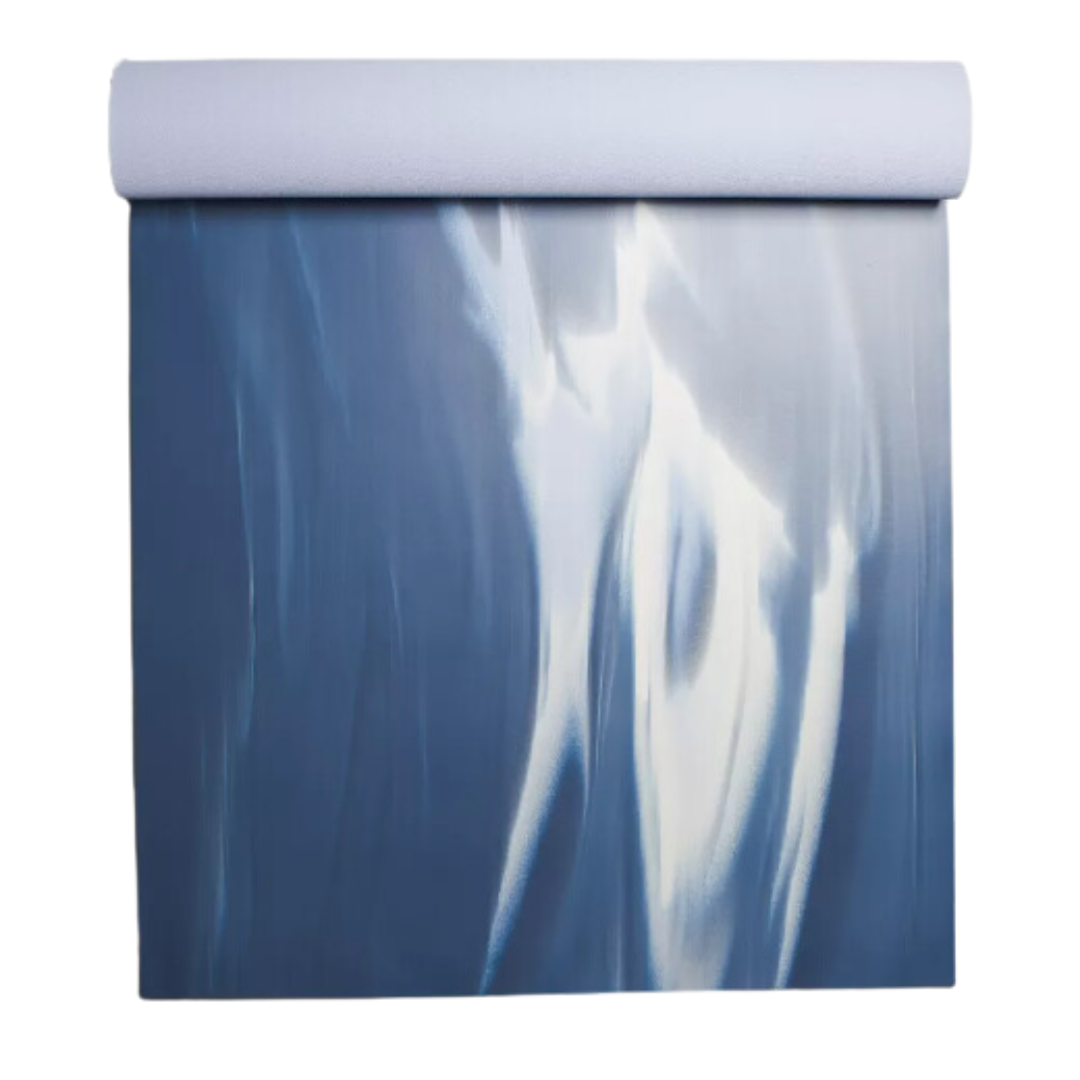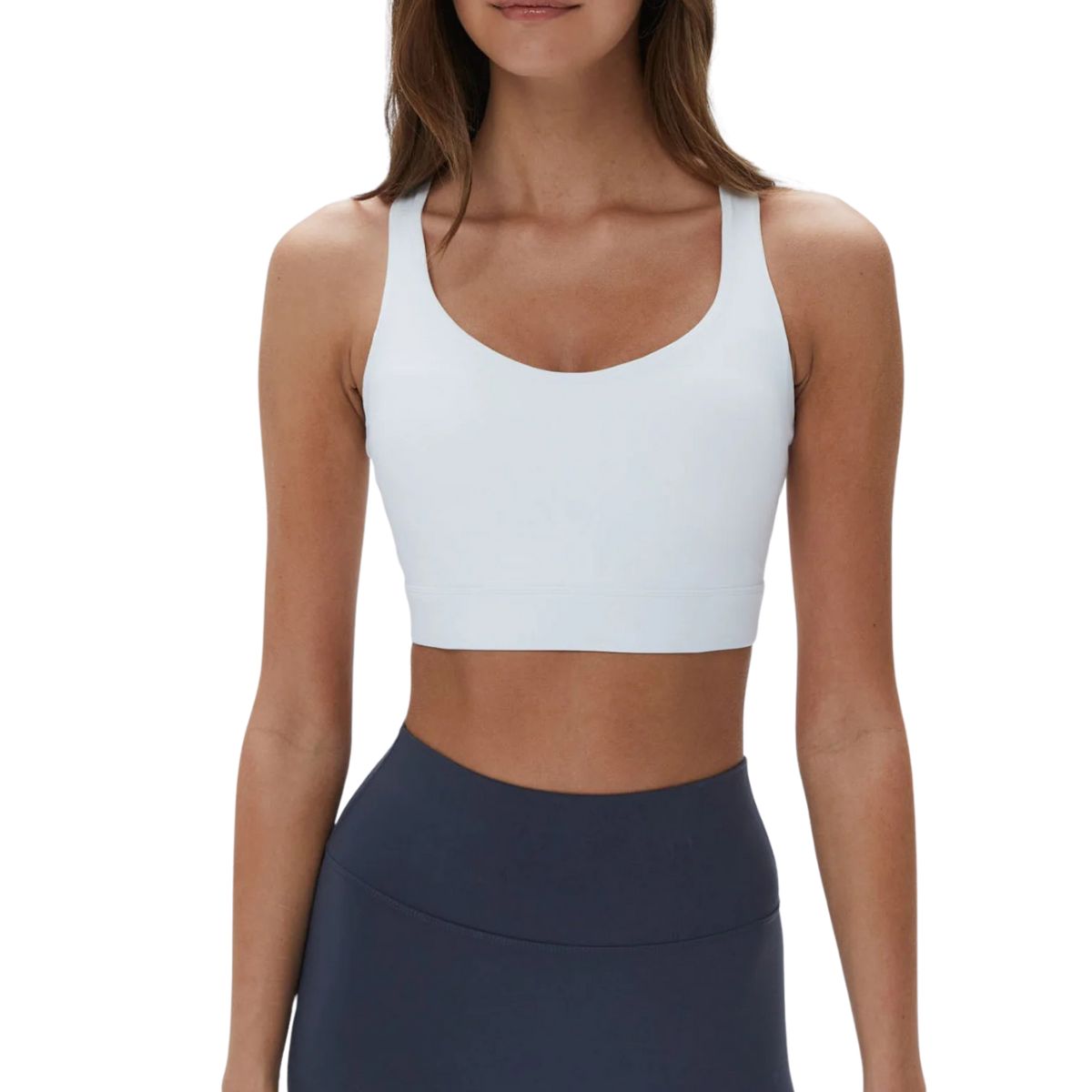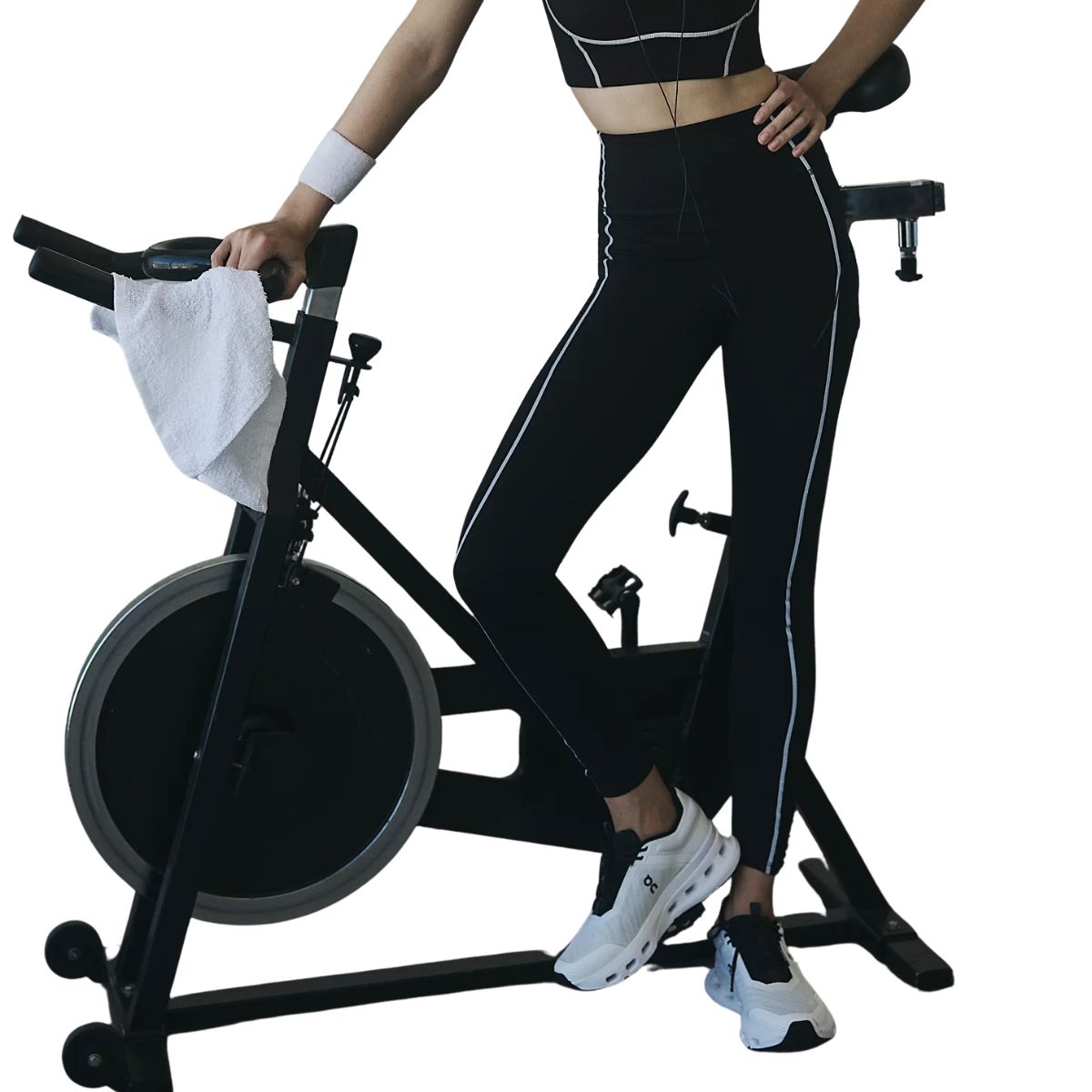I Tried the Pilates Roll Like a Ball Every Day for 7 Days To Ease Lower Back Pain and Open My Spine – My Thoughts
It's like a little back massage every day.
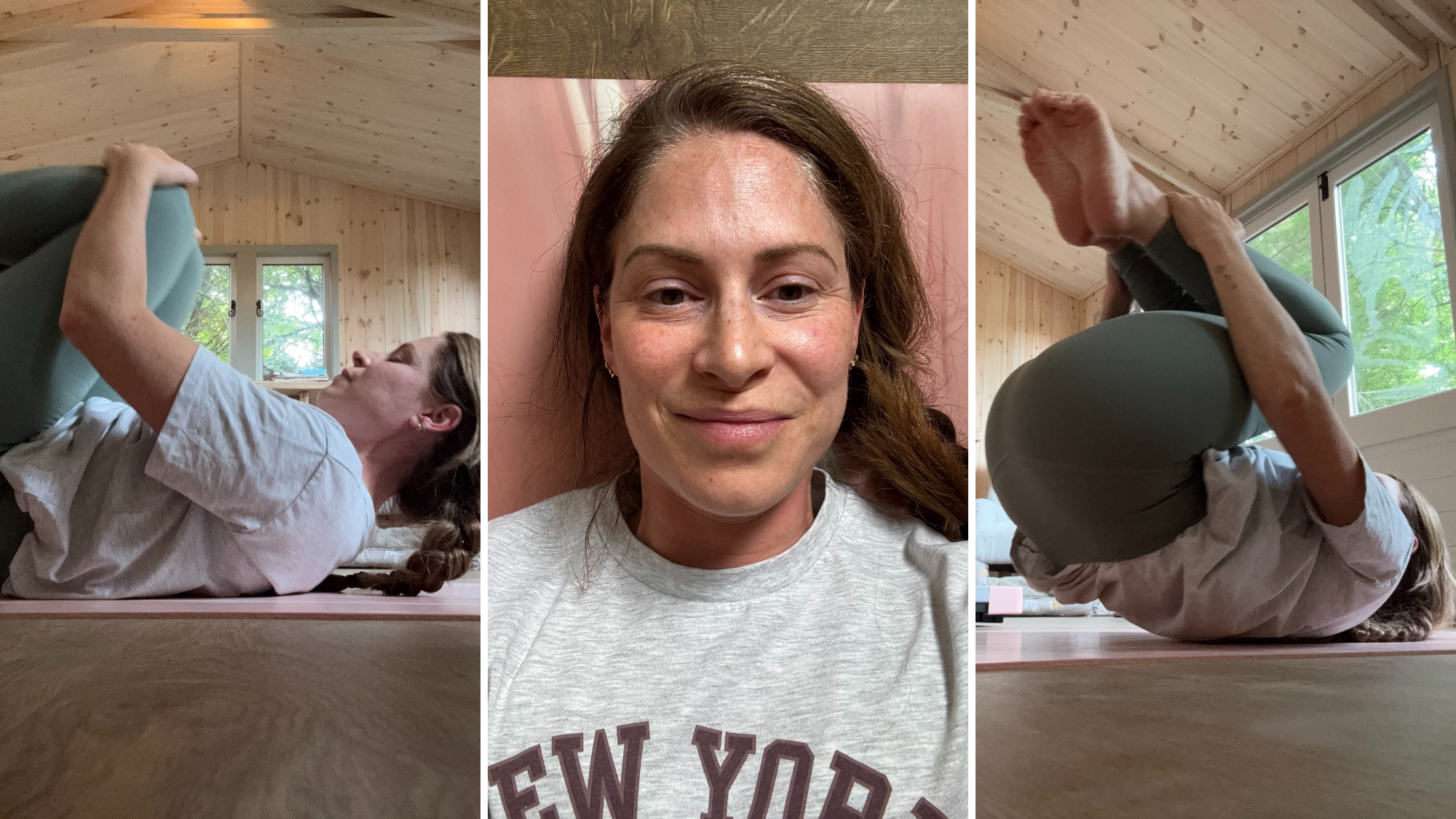

If you're an MC UK regular, you'll know that we love a classical Pilates move. While there's a lot to be said for the newer iterations of the century-old practice (anything that encourages more people to move is unquestionably a good thing), when it comes to form, precision and results, the OG moves are where it's at.
Whether you're a beginner just starting out on a Pilates journey (in which case, welcome!) or a Pilates pro, you'll improve and enhance your practice by going back to basics and working on the 34 original exercises designed back in the early 20th century by Joseph Pilates.
And one of my favourites has to be rolling like a ball. This is a move that I've done fairly consistently since I began Pilates over a decade ago, but it's not one I've ever really thought much about, if I'm honest. So when MC UK's Senior Health Editor, Ally, asked me to try rolling like a ball every day for a week, I was all in.
As for why I should bother? Well, we know that the move purports to improve flexion and articulation of the spine, and research (like this study, published in the journal Nature) shows that this helps ease lower back pain - something many, if not all, of us will experience at some point as we age.
Will doing them every day for a week help reduce my back niggles and stiffness? You'll have to keep reading to find out, but for more Pilates content, take a look at our guides to the best Pilates exercises, Pilates for beginners workouts, and the best 10-minute Pilates workouts, here. We've also got explainers on the many benefits of Pilates and how often you should do Pilates, plus first persons from writers trying Pilates leg circles every day, Pilates clams every day, Pilates roll-ups every dayand Pilates supine spine twists every day.
The Pilates roll like a ball move is purported to ease lower back pain and improve posture and mobility - so I tried it every day for a week
What is the Pilates rolling like a ball move?
First up, let's go right back to basics and consider what the rolling like a ball move actually is. The good news is that the exercise is ultra beginner-friendly, so it's a great place to start out.
"Rolling like a ball is a classical Pilates mat exercise that focuses on spinal mobility, core control, and balance," explains Dan Kingham, Pilates instructor and education mentor at Yatta Studio. "It's one of the foundational exercises in the classical Pilates sequence and helps teach coordination between breath and movement, while also massaging the spine."
Celebrity news, beauty, fashion advice, and fascinating features, delivered straight to your inbox!
So far, so simple. But how do we actually perform it? "Rolling like a ball is a Pilates mat exercise that involves balancing on your sit bones in a small, rounded shape and gently rocking backwards along the spine, then returning with control to the starting position," says Pilates instructor Aleksandra Warburton. "It’s often taught early on in a Pilates journey as it helps build coordination, core control and an understanding of spinal articulation. It’s also a really fun movement to practise: playful yet powerful."
What are the benefits of Pilates rolling like a ball?
Even though rolling like a ball is one of the most beginner-level Pilates moves we can do, that's not to say it won't bank you a whole range of benefits. Let's take a look at what we can expect.
1. They massage the spine
Now, if this sounds too good to be true, trust us when we say: it isn't. Our experts concur that spinal massage is right up there when it comes to one of the top benefits of rolling like a ball.
"The rolling like a ball move helps to massage the spine while moving it through flexion," notes Warburton. "It's also a great way to release tension from the back and build trust in your body’s ability to move with flow."
Sounds dreamy, right?
2. They strengthen the core and improve balance
Rolling like a ball, while beginner-friendly, will start to build strength into your core - referred to in Pilates as the powerhouse. Engaging and activating both the bas, obliques and our smaller, stabilising core muscles, it provides a gentle yet effective challenge.
"Rolling like a ball builds deep core stability and improves balance and coordination," agrees Warburton. "It teaches you how to engage your 'power house' while moving through flexion and challenges you to move with control, rather than riding on the momentum of gravity."
3. They promote a healthy spine
Massage is one thing, but a healthy spine also needs to be able to move freely, and in several directions. Pilates once famously said you're only as old as your spinal column - and it's true that a spine that moves freely and easily enhances functional fitness (making everyday movement easier), improves posture, boosts range of motion (which in turn can improve athletic performance - win!) and even increases lung capacity, too, as our lungs have more space to expand.
"Rolling like a ball reinforces the classic Pilates round back, or C spine position," shares Kingham. "It's great for maintaining this rounded spine shape in motion, and it encourages control as well."
Impressive stuff.
4. They challenge breathwork
We know that breathwork is a central tenet in a solid Pilates practice, but if you've ever got stuck on when to inhale and when to exhale, you're certainly not alone (who knew breathing could get so complicated?)
Rolling like a ball is a great entry-level move to help you align your movement with your breath: because the exercise itself is so straightforward, you can concentrate solely on your breath and use it to help you move. You'll then be able to use this knowledge and skill in other moves as you advance your practice.
5. They're accessible
As noted above, rolling like a ball is generally suitable for all levels of ability, meaning it's super accessible. Not only that, but you won't need any equipment, bar a mat or towel to roll on, making it simple to do any time, any place.
How to perform rolling like a ball with good form
Despite their simplicity, it's still vital that we perform rolling like a ball with great technique, not only to reap maximum benefits, but also to ensure we're not putting ourselves at risk of injury. So, before I started my week's trial, I checked in with the experts to make sure my form was on point.
Kingham suggests following these steps:
- Sit at the front of your mat with your knees bent and feet flat on the floor.
- Squeeze your legs together and take hold of your legs at your ankles with your elbows wide.
- Tuck your chin and round your lower back as you lift your feet to chest height or as high so possible and balance on your sitting bones.
- Inhale and roll yourself back to your shoulder blades and exhale to roll back up to balance at the starting position, keeping your heels as close to your body as possible.
- Repeat six to 10 times.
I tried Pilates rolling like a ball every day for a week - here are my honest thoughts
Days one to three
Now I've refreshed my knowledge of the benefits of rolling like a ball, I'm keen to get cracking. While I've practised the move many times, as touched on above, I've never really tuned into what I'm actually doing, so I'm hoping this newfound mind-muscle connection (a key principle of Pilates) will serve to enhance the work I'm doing (and feeling, too).
So, on day one, I'm excited to drop to my mat and start rolling, and (as luck would have it), I'm working out from home today anyway, so the move serves as a lovely, gentle warm-up before my dumbbell strength session. In fact, the ease with which I can use the exercise to both warm up and cool down from other workout sessions quickly becomes one of my favourite benefits of the move, and I can feel that I'm moving more freely as I move onto my strength session - something I'm definitely taking as a win.
On day two, I decide to hone in on the relaxation benefits of rolling like a ball, and I wait until the evening to practice it. At the end of a long day of being on my feet at my desk (I've recently invested in a walking pad in an attempt to spend less time sitting hunched over a screen), my body is crying out for some gentle movement, and I really try and work into the 'sticky' areas of my back as I roll - for me, this tends to be my mid-back, around the rib cage.
And I have to say, I'm absolutely loving this week. As a Health and Fitness Writer, I've done my fair share of super challenging moves (seated leg lifts and pistol squats, I'm looking at you), and this one feels like a dream. Not only is it straightforward to do, but it's relaxing and restorative, too. It really does feel like a mini back massage every day.
I'm right in leaning into the more holistic aspects of the move, according to the experts. "Rolling like a ball gently activates the parasympathetic nervous system, helping to calm the mind while energising the body," says Warburton. "Even just a minute of this movement each day can help you reconnect with your breath, reset your posture and build resilience in your centre."
Soothing my frazzled nervous system wasn't on my list of takeaways, but I'm here for it.
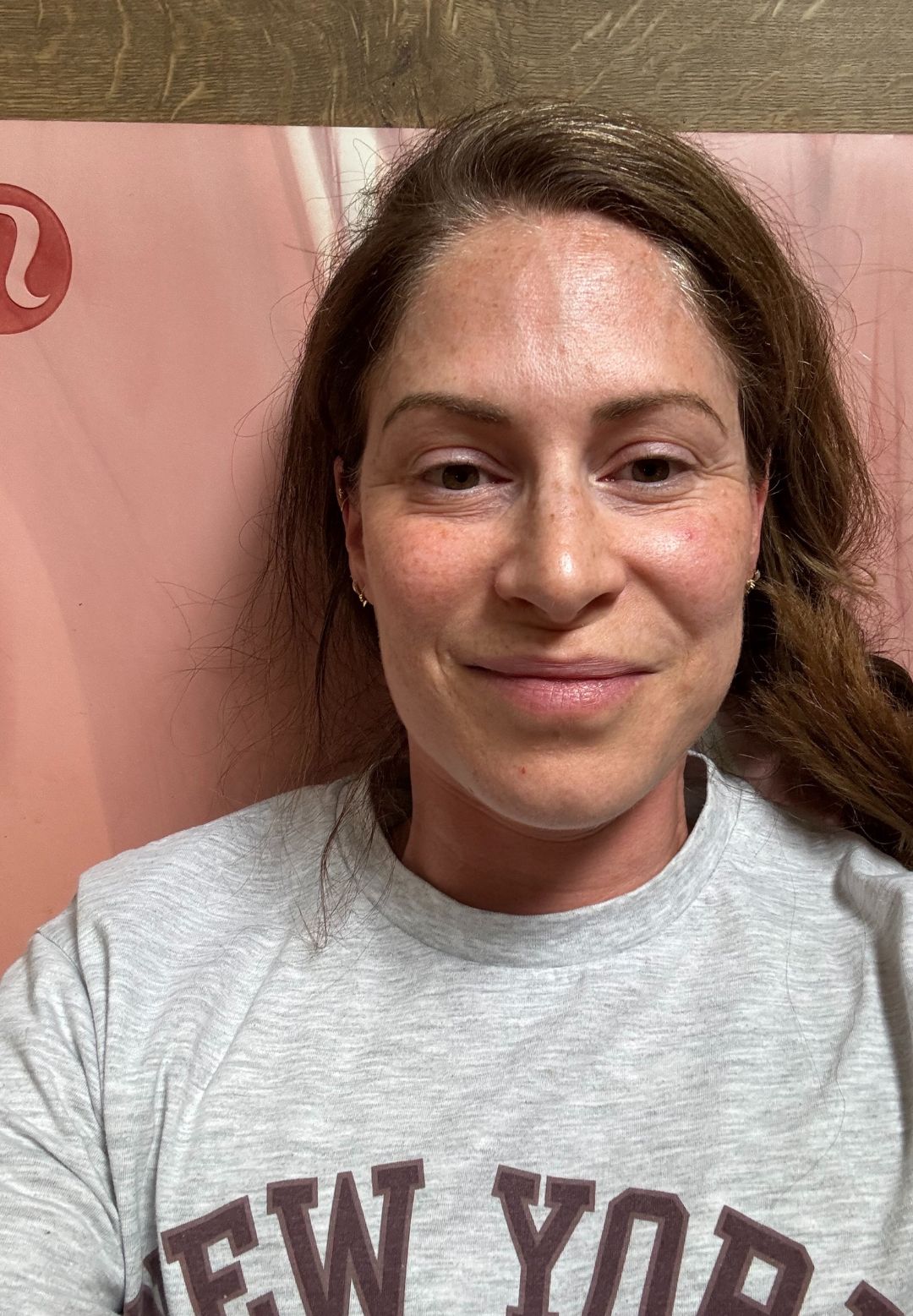
Days four to seven
As the week comes to an end, it's safe to say that I don't want to stop rolling. However, I've had it drummed into me over the years that Pilates is about quality over quantity, so rather than mindlessly adding in a few more reps each day, for the remainder of the week I try and slow the move down even further, really breathing into those stiff and tight areas to see if I can loosen them.
And as the days go on, I do feel that I've gained a little more flexion in my spine. As I settle onto the bed in my weekly reformer class, I notice that my pelvic tilts feel a little looser, and I'm able to articulate my low spine better than normal, too, meaning I've gained some mobility.
For the final couple of days, I try working more on my breath - a skill that I know benefits me in the real world too, both on and off my workout mat. It's incredible how much more air you can get into your lungs when you focus on really expanding the rib cage on an inhale - and I find the massage of the spine is deepened by rolling back with a lungful of air.
As for my lower back, it still feels a bit niggly (for want of a more technical term), but it does feel looser, so I'm hoping that after another week or so, the twinging I've been experiencing will diminish.
My main takeaway? Much like any other Pilates move, you'll get out of rolling like a ball exactly what you put in. It's all too easy to go through the motions, but Pilates exercises aren't simply another chore on my ticklist, to be completed as soon as possible. Spending that valuable time working with my breath and easing out my back niggles has paid dividends in terms of how I'm feeling this week - even my Oura ring agrees that I've spent more time in a restored state than usual.
While this certainly wasn't a benefit I had anticipated from this week, I'm taking it as a win - and it's a great incentive to continue with the exercise on a more regular basis. In fact, unlike some more challenging moves, there are few (read: no) downsides to a daily rolling like a ball habit. Even the experts agree that it's safe to practice every day, and after this week? I'm here for it.
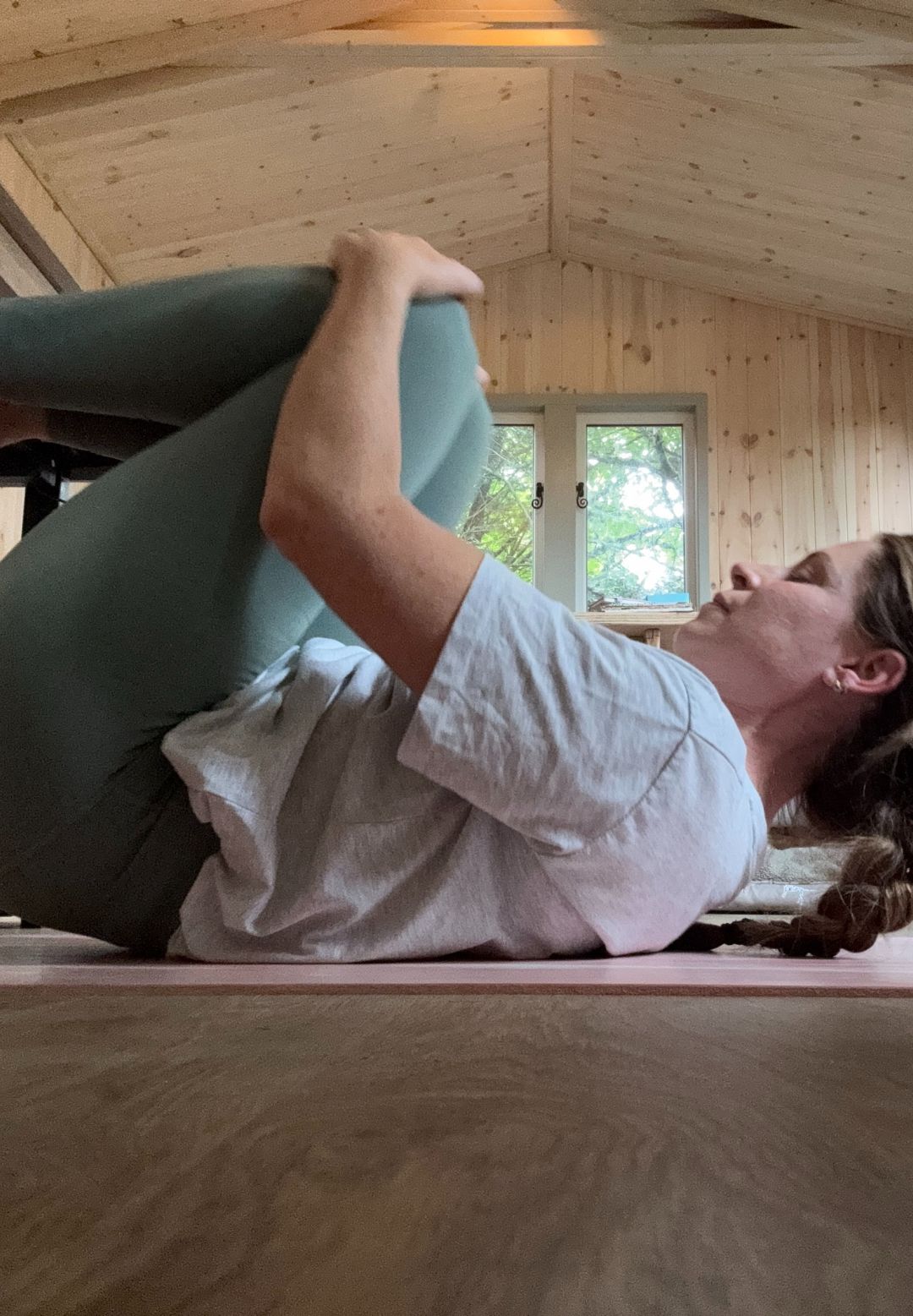
Shop MC UK's must-have Pilates essentials now:
Can I advance rolling like a ball to make the move more challenging?
Like most Pilates exercises, it's pretty easy to add on to rolling like a ball if you're ready to up the ante on the move.
"To make this move more challenging, try keeping your toes lifted throughout, without letting them touch the mat on the return," suggests Warburton. "This requires greater core engagement and balance.
"Furthermore, you can focus on keeping the heels of the feet close to the bum as you rock back. A more advanced progression is the open leg rocker, where you hold the legs extended in a V-shape instead of drawing them in. This takes away the assistance from the inner thighs, increasing the demand for control and spinal articulation."
Don't say we didn't warn you...

Anna Bartter is a freelance journalist who writes about health, fitness and women's lifestyle for publications including Stylist, Metro and Psychologies, among others.
She's always on a quest to find a variety of fun and functional workouts that give you the most bang for your workout buck and she's passionate about championing movement for everyone's mental and physical wellbeing.

